SUMMARY
This is AI generated summarization, which may have errors. For context, always refer to the full article.

CAGAYAN DE ORO CITY, Philippines – The death toll resulting from the onslaught of Typhoon Odette on Siargao Island rose from 15 to 19, and officials counted 10 more a week after the devastation as islanders started falling ill due to diarrhea.
A sudden surge in diarrhea cases, blamed on water from wells which many islanders were forced to drink, have so far resulted in at least 10 deaths as of Friday, December 24, said Surigao del Norte Governor Francisco Matugas.
He said more than 120 patients have been crammed in an undamaged section of the Siargao District Hospital that could accommodate only less than 50 patients at a time.
Most of them were being treated for diarrhea by the hospital that was suffering from dwindling medicine and other medical supplies, Matugas said.
Those who succumbed to diarrhea were on top of those confirmed to have died when Typhoon Odette pummeled Siargao Island, the first of its series of landfalls in Mindanao and the Visayas on December 16.
The governor’s congressman-son and namesake Francisco Jose II said at least 19 people, including two children, were confirmed to have died in the towns of Del Carmen, San Isidro, and Santa Monica on Siargao Island during the typhoon’s onslaught.
Representative Matugas identified 13 of them:
- Jonabeth Jualo Beldea, 47
- Analiza Sulim, 46
- Eutiquio Botona Flores Jr., 55
- Teotica Saragoza, 80
- Ortelio Lastimosa
- Luciano Febra, 70
- Rosalinda Antipasado
- Veronico Nogaliza, 78
- Elena Nogaliza, 63
- Josefa Frias, 67
- Vivian Rivas, 15
- Phoebe Joy Joaquino, 37
- Ous Lee Joy Joaquino, 4
There is no power until now and water refilling stations cannot operate, forcing people to drink water from the wells just to quench their thirst and avoid dehydration.
Governor Matugas said he was saddened because of the diarrhea-related deaths. “People started vomiting. They survived Odette but died of diarrhea,” he said.
Gustavo Gonzalez, United Nations (UN) resident coordinator in the Philippines, said he was worried about the water crisis in Surigao del Norte, including Siargao Island, in the aftermath of the environmental disaster.
“If we look at the impact of access to water on health – this is definitely another priority,” Gonzales told Surigao City-based broadcaster DXRS-RMN.
Matugas said Siargao Island and mainland Surigao del Norte province need more medicines, dextrose, and other medical supplies, food, and water filtration systems.
For seven days, relief aid came in trickles on Siargao Island where over 45,000 people were affected by the devastation. The island was isolated – its telecommunications infrastructure was down since the morning of December 16, and sea travel was disrupted.
Relief operations were only ramped up on Thursday, December 23, as soon as sea travel – which takes at least five hours from the mainland – slowly resumed, according to Matugas.
The Philippine Red Cross sent a water tanker, water treatment equipment, an ambulance, a truck loaded with food, and several 6×6 trucks with shelter kits, tarpaulin, kitchen sets, and jerry cans to Siargao on Christmas eve.
Papal Nuncio to the Philippines Archbishop Charles John Brown also flew to Siargao on Christmas morning, December 25, to bring some aid and check on families on the typhoon-crippled island.
The UN’s Gonzalez said the typhoon’s impact on vital infrastructure in the Caraga was immense, and the problem of communications and electricity was serious.
“Shelter is one of the challenges. The government was very successful with the evacuation – thanks to the evacuation centers. But now, I think the people would like to go back to their homes. But beyond humanitarian assistance, we need to start thinking about a way that all families can have access to income and restore their livelihood. This is another priority for the United Nations,” he said. – Rappler.com
Add a comment
How does this make you feel?







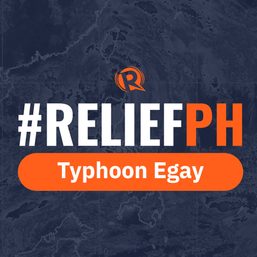
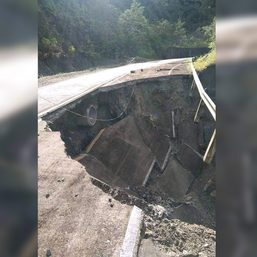
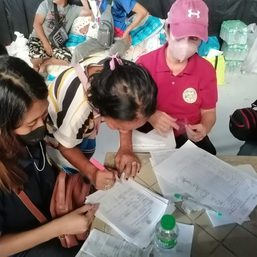
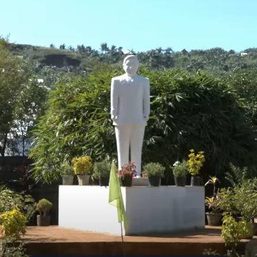

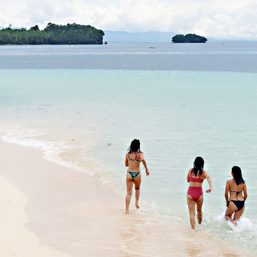
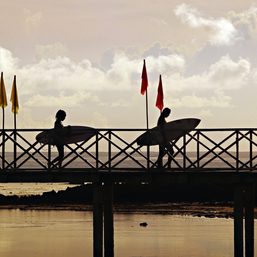
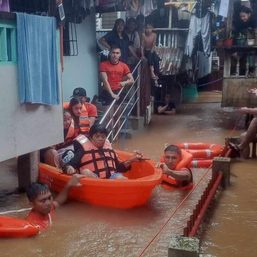
There are no comments yet. Add your comment to start the conversation.